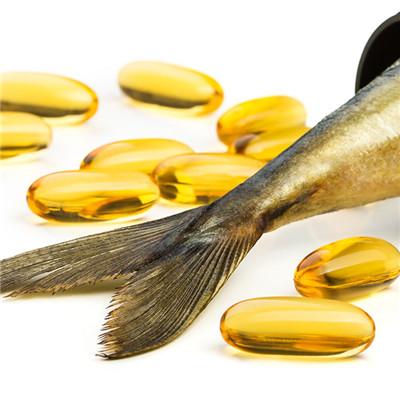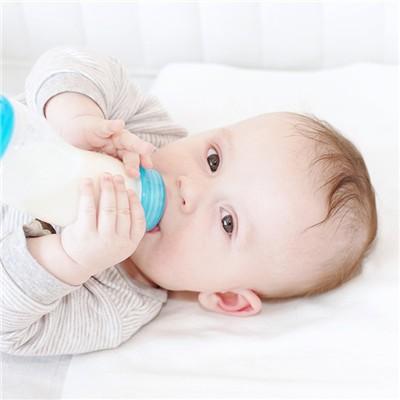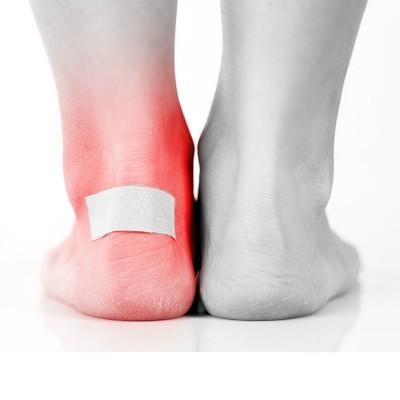Are children conjunctivitis symptoms?
summary
Children's acute conjunctivitis, also known as "red eye disease", is an infectious eye disease caused by bacterial or viral infection. Whenever autumn or winter festival comes, it is the season of high incidence of this disease. Children's resistance is also relatively weak, and the autumn and winter season is easy to catch a cold, cough, more likely to let bacteria, viruses, etc. Its onset time is rapid and fierce. Once it is infected, it can get sick within a few hours.
Are children conjunctivitis symptoms?
Redness, foreign body sensation, tears and increased secretion are common manifestations of all types of conjunctivitis in children, which generally does not affect vision. In addition, different types of conjunctivitis have their own specific manifestations, which can help the diagnosis before the results of etiological examination come out.

Viral conjunctivitis in children is often accompanied by symptoms of respiratory tract infection such as cough, sore throat, swelling of preauricular lymph nodes, systemic myalgia and other manifestations of viral infection. It's often one eye that gets sick first, and it's easy to infect the other eye. Clinically, the more common is epidemic hemorrhagic conjunctivitis, commonly known as "red eye disease", which is highly infectious and often outbreaks in summer and autumn. Rapid onset, severe eye irritation, less secretions, and subconjunctival hemorrhage. Another common type of viral conjunctivitis in children is epidemic keratoconjunctivitis, which is highly infectious and has caused worldwide epidemic. The symptoms of the disease are severe, such as eyelid edema, conjunctival hyperemia, pseudomembrane formation, and corneal specific lesions. Ophthalmic treatment can relieve symptoms, shorten the course of disease and relieve the pain of children.

There are some bacteria colonization on the ocular surface of normal people, but bacterial conjunctivitis will be caused when the virulent bacteria or opportunistic pathogens are encountered. Bacterial conjunctivitis in children mainly includes acute catarrhal conjunctivitis and chronic catarrhal conjunctivitis. Gonococcal conjunctivitis mainly occurs in newborns. Acute catarrhal conjunctivitis is mainly caused by bacteria with strong virulence. The onset is acute, with multiple eyes. The main ocular symptoms are foreign body sensation, tears and sticky or purulent secretions. The disease is a contact infection, secretions as a direct source of infection, it is easy to spread in schools or families, parents must pay attention to the children's eye health. Chronic catarrhal conjunctivitis has a long course of disease and is easy to recur. Its symptoms and signs are lighter than those of acute catarrhal conjunctivitis. However, when children suffer from repeated mild redness, increased secretion and foreign body sensation, it is necessary to carefully find out the cause of the disease, such as dacryocystitis, blepharitis and rhinitis. Gonococcal conjunctivitis is more common in newborns. The mother with gonococcal vaginitis can be infected at birth. It can also be infected through other contact routes. It is characterized by a large amount of pus in the conjunctival sac. If the treatment is not timely, it will infect the cornea and cause perforation in a short time.

matters needing attention
1、 Keep hands and toiletries clean. Children are easily exposed to all kinds of unsanitary toys and supplies. Schools and parents should educate children to wash hands frequently and protect their eyes from childhood. Children's toiletries should be independent and disinfected frequently to reduce the growth of bacteria. 2、 When school students or family members have conjunctivitis symptoms, we should pay attention to the occurrence of cross infection. Children who have been infected with conjunctivitis should also pay attention to isolation, reduce going to public places and avoid passing the disease on to their families, other children and others. 3、 For children with allergic diseases, all kinds of protective measures should be taken before contacting allergens. For example, mast cell stabilizer can be used in advance to reduce the symptoms of allergic conjunctivitis. 4、 Parents and schools should pay attention to cultivate children's awareness of self-protection, not to contact with all kinds of toxic and harmful substances to reduce accidents. 5、 Children's growth and metabolism are vigorous, so it is necessary to strengthen their physique, improve their resistance and reduce the risk of infection.













